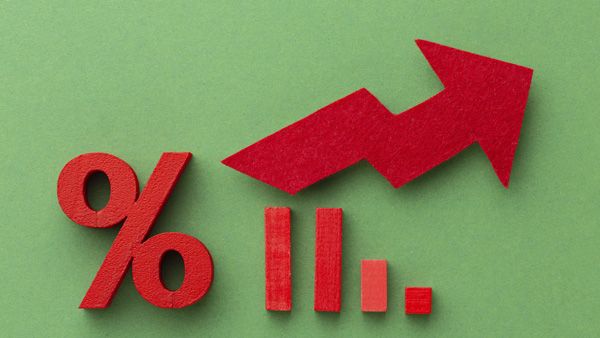Bank of Japan raises interest rates for the first time in 17 years

[Increase interest rates, Photo credit: Freepik]
The Bank of Japan, the central bank of Japan, lifted negative interest rates and raised them for the first time in 17 years.
This can be seen as a symbolic move indicating that Japan is on the way out of a long-term economic recession called the ‘lost 30 years.’
For the past three decades, Japan experienced a prolonged period of economic stagnation following the burst of its asset price bubble in the early 1990s.
However, earlier this month, Japan's biggest companies agreed to raise salaries by 5.28% - the biggest wage hike - and created inflation.
As such, the Bank of Japan held a financial policy decision meeting and decided to end the negative interest rate that had been maintained at -0.1% since February 2016 for the first time in eight years.
Kazuo Ueda, Governor of the Bank of Japan, said that the interest rate increase indicates that “[Japan is] in a situation where we can confirm the virtuous cycle between wages and prices and predict that the 2% ‘price stability target’ will be realized continuously and stably” if inflation stimulates productivity and domestic demand.
It also decided to end the ‘large-scale financial easing’, which had suppressed interest rates at negative levels to stimulate the stagnant economy and raise the interest rate to 0-0.1%.
Moreover, the 'yield curve management' (YCC) policy, which used to purchase large amounts of government bonds to lower long-term interest rates, and the purchase of exchange-traded funds (ETFs) and real estate investment trusts (REITs), which supported the stock market stimulus, were also chosen to be discontinued.
Governor Ueda explained, “Large-scale monetary easing policies such as yield curve management and negative interest rates have done their job.”
Local media reported that the Bank of Japan is expected to consider further interest rate increases only after this summer.
Likewise, Governor Ueda recently stated that if a stable price rise exceeds the 2% target set by the Bank of Japan, short-term interest rates can be raised.
However, he also explained that “[For an interest rate increase,] it is impossible to predict specifically when and to what extent it will be done.”
Governor Ueda is expected to hold a press conference to discuss the results of the meeting and reveal the Bank’s position on the recent weakening of the yen. He has hinted at a policy of further raising interest rates if the weakening yen has a negligible impact on prices.
In the Tokyo foreign exchange market, the yen weakened further after the Bank of Japan's announcement that day, which was an unexpected turn.
The yen to dollar exchange rate was around 140 yen per dollar as of January 2nd of this year, but it has consistently shown a steep upward trend, recently breaking the lowest level since June of 1990.
The value of the yen fell to its lowest level in 34 years with the exchange rate exceeding 156 yen per dollar.
Initially, the intervention by Japanese authorities was aimed at bolstering the yen, which had been at its lowest level in over three decades.
However, as traders were anticipating such a change, the market’s reaction was less impactful in reversing the yen's decline due to speculation and volatility.

- Seoyoung Kim / Grade 11
- Chadwick International School

![THE HERALD STUDENT REPORTERS [US]](/assets/images/logo_student_us.png)
![THE HERALD STUDENT REPORTERS [Canada]](/assets/images/logo_student_ca.png)
